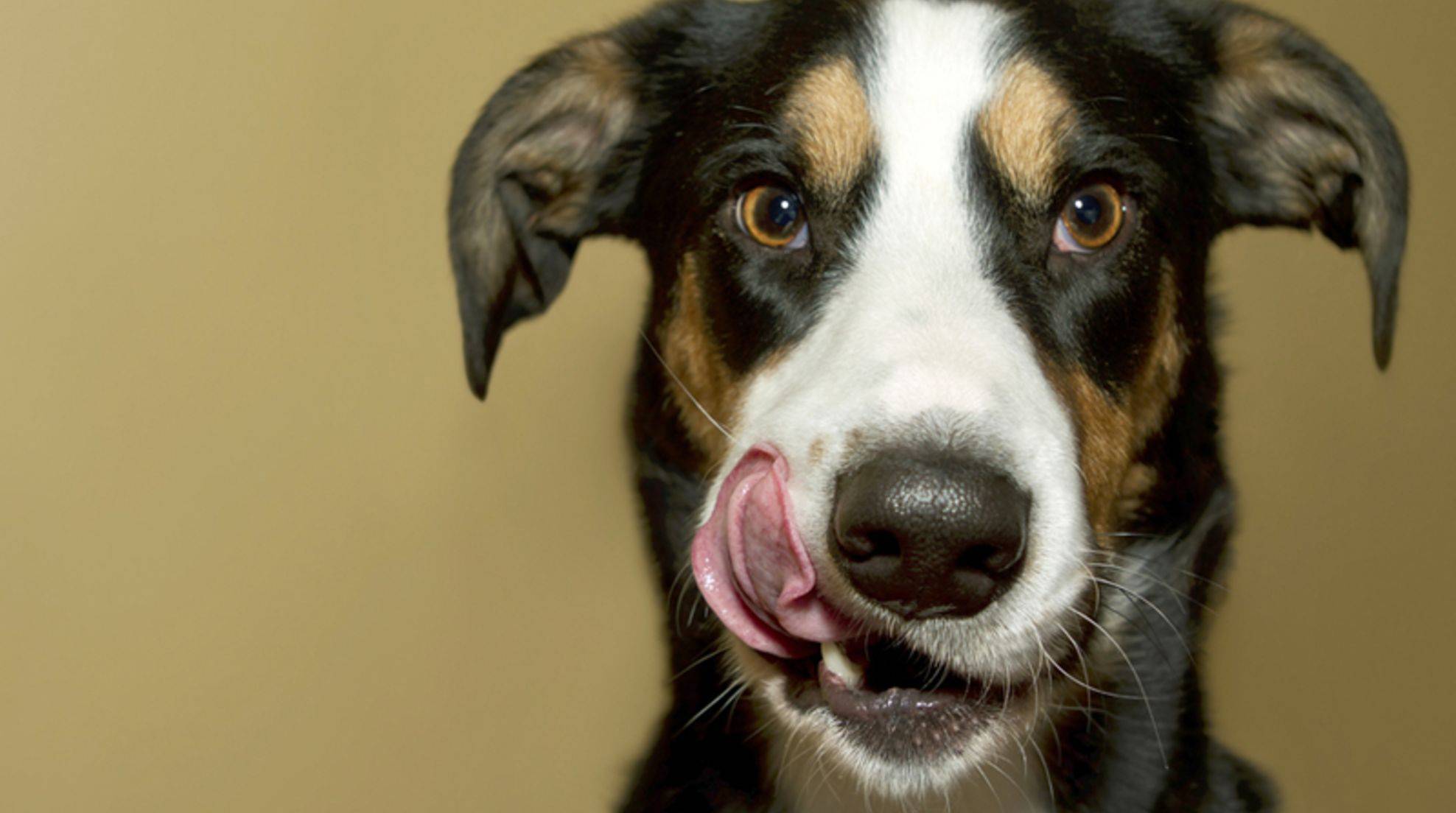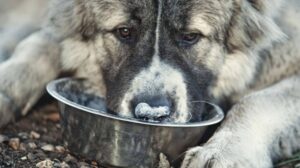
Proper Rumen Feeding for Dog Nutrition
Ever thought about feeding your dog rumen to keep him healthy? You can feed your dog the beef stomach as part of a normal diet, or if they barf.
The rumen of cattle is the largest forestomach. The rumen is a fermentation chamber where microorganisms decompose the cellulose in the plant food so that cattle can digest, and use, grass, leaves, etc. It allows cattle to digest and utilize grass, leaves, etc. more easily. Rumen is considered to be slaughterhouse waste, and rarely makes it onto our tables. Your dog, however, sees things differently. If you properly feed your dog, it can be a delicacy.
The green rumen is full of nutrients and vitamins. The rumen is rich in enzymes and vegetable residues. The innards of your dog are rich in vitamin A, vitamin B-complex vitamins, vitamin C, D, and E as well as many minerals and trace elements. The nutritional value of each part is listed below:
- Vitamin C
- Vitamin E
- Vitamin A
- Vitamin D
- Vitamin E
- Vitamins B1-B12
- Fluorine
- iron
- Copper
- manganese
- Iodine
- calcium
- Magnesium
- Zinc
- Sulfur
- Phosphorus
Feeding Rumen the Right Way
Rumen is made up of the inner stomach liner, the muscle layer, and the peritoneum. The product may also be offered as ground. You should feed your dog the green rumen. This means the stomach hasn’t been washed and still contains the vegetable remnants from the digestion process of the cow. White rumen that has been washed or tripe, which is cooked rumen pieces, are not liked by dogs. These versions also contain less valuable nutrients.
In the ideal case, you would buy rumen from your local butcher or farm. Unfortunately, there are fewer farms that offer rumen. You will have to buy it frozen from the Internet or ask the butcher directly. You must first defrost the rumen before feeding it. When ordering online, always look for quality products and be wary of very low prices.
You should check the vitamin bomb before putting it in the bowl. It is possible that cattle cannot sort out these particles from grass while eating and small metal or plastic pieces can end up in the forestomach. These are often not detected during the processing of the meat at the slaughterhouse.

